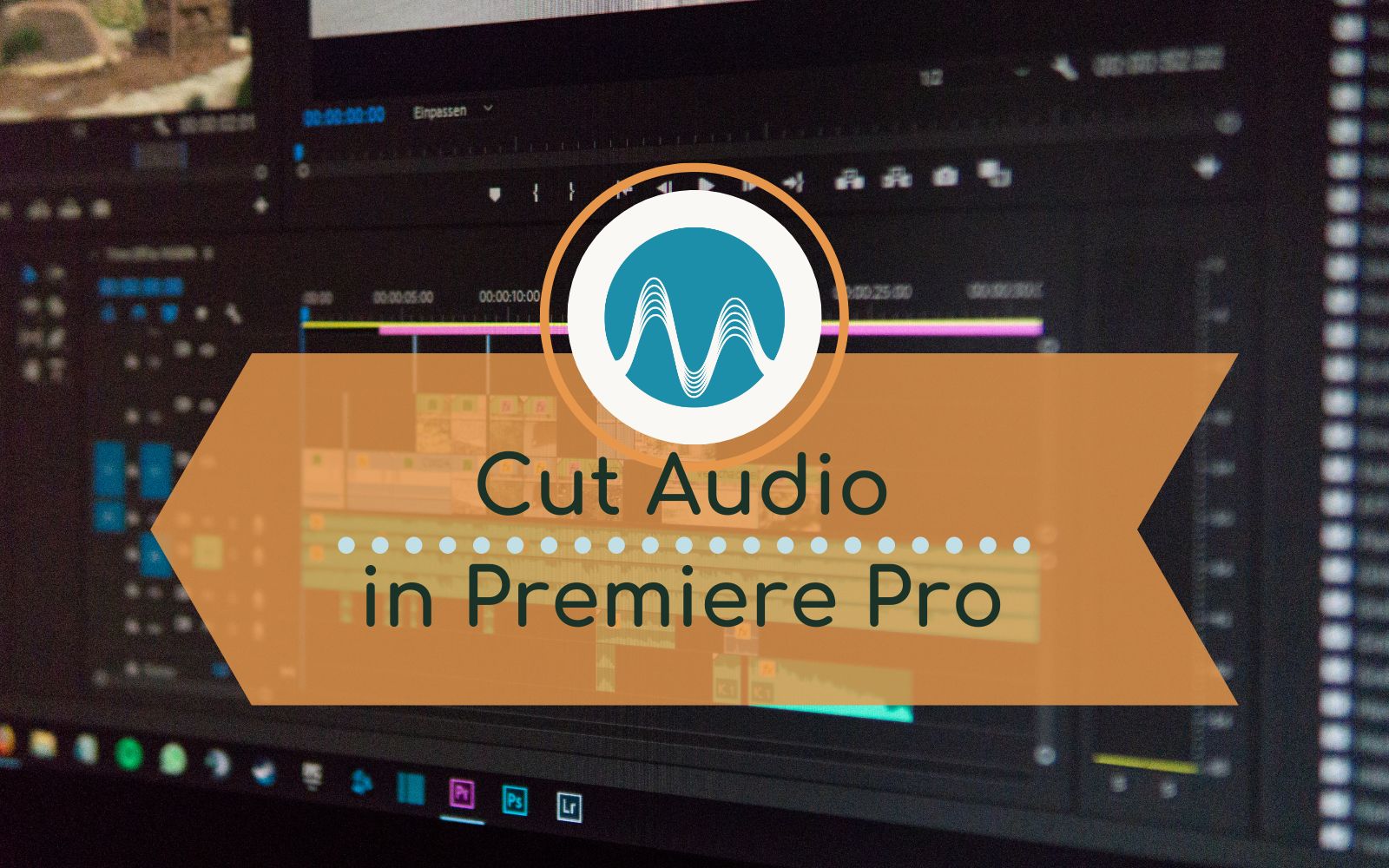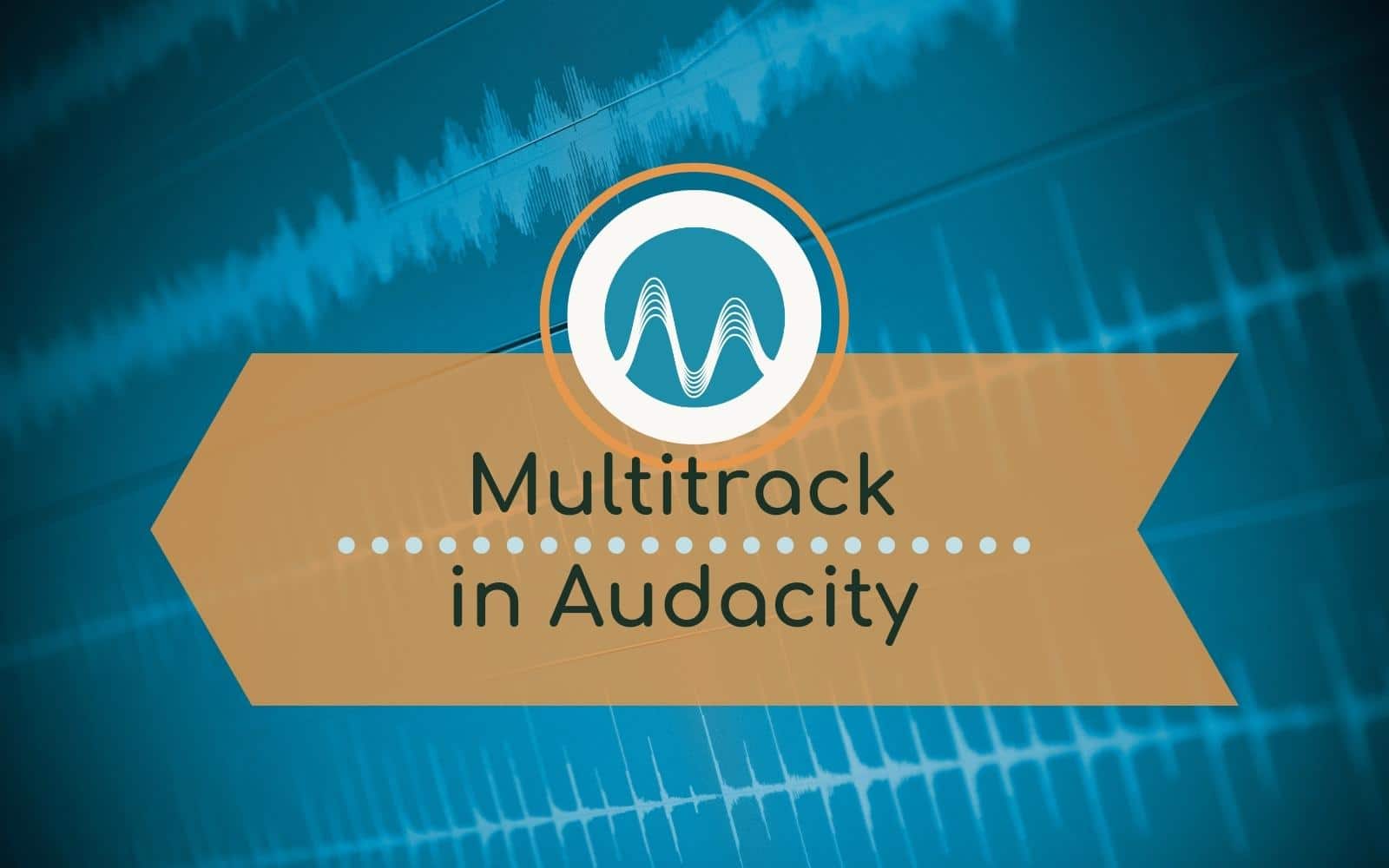Hello! In this blog, I’ll be showing you how to normalize your audio in Adobe Premiere Pro. It’s a straightforward yet powerful technique that I recommend for any audio you work with. Whether it’s dialogue, sound effects, or music, normalization ensures a balanced and professional-sounding mix.
What is Normalization?
Audio normalization is a process that adjusts the overall gain (volume) of an audio recording so that it reaches a specific target level, referred to as the “norm.” Unlike other audio adjustments, normalization applies a constant gain across the entire audio clip. This means:
- The signal-to-noise ratio remains unchanged: No additional noise is introduced.
- Relative dynamics are preserved: The difference between the quietest and loudest parts stays the same.
Normalization is especially useful for ensuring your audio levels are consistent and easy to hear, without distortion.
When to Normalize Audio?
Here are common scenarios where normalization is helpful:
- Low-Volume Recordings: If your dialogue or other audio is recorded at a low level, normalization brings it up to a more audible and balanced level.
- Consistent Levels Across Clips: When you’re editing multiple audio clips with varying volumes, normalization ensures they all hit a similar peak level.
- Preparing Audio for Export: Before exporting a video project, normalizing ensures your audio adheres to professional loudness standards.
- Avoiding Clipping: Normalization prevents peaks from exceeding 0 dB, which can cause audio distortion.
Pro Tip: Normalization is a great starting point for audio mixing, but it doesn’t replace proper leveling, compression, or equalization for a polished final mix.
Types of Audio Normalization
Adobe Premiere Pro allows for two main types of normalization:
- Normalize All Peaks: Adjusts the gain so that the loudest peak across all selected clips matches your target level.
- Normalize Individual Peaks: Adjusts the gain of each individual clip to meet the target level, maintaining consistent loudness across multiple clips.
For most cases, normalizing all peaks is sufficient and ensures your project maintains uniform loudness.
How To Normalize Audio In Premiere Pro?
Follow these simple steps to normalize your audio:
Apply the Normalization: Click OK, and Premiere Pro will automatically adjust the gain of the audio clip so its loudest peak hits your specified level.
Select Your Audio Clip(s): Open your project in Adobe Premiere Pro and select the audio clip(s) you want to normalize. You can do this in the timeline or from the project panel.
Open the Audio Gain Menu: With your clip selected, press the G key on your keyboard to open the Audio Gain window. Alternatively, right-click the audio clip and choose Audio Gain from the context menu.
Set the Normalize Max Peak Level:
In the Audio Gain window, select Normalize Max Peak to: and set it to -1 dB.
Why -1 dB? Setting the peak slightly below 0 dB prevents clipping (distortion) during playback or when exporting your final video.
You can watch our step by step tutorial below:
Benefits of Normalizing Audio in Premiere Pro
- Improved Clarity: Your audio becomes clearer and more balanced, especially for dialogue.
- Time Efficiency: Simplifies audio adjustments for projects with multiple clips.
- Professional Standards: Ensures your audio stays within acceptable volume limits, reducing the risk of distortion.
- Easier Mixing: Sets a consistent baseline, making it easier to apply other audio effects like compression or EQ.
Common Pitfalls to Avoid When Normalizing
- Over-Reliance on Normalization: While normalization helps balance volume, it doesn’t address other issues like background noise, inconsistent tones, or poorly recorded audio.
- Ignoring the Noise Floor: Boosting low-volume audio can make background noise more noticeable. Use tools like noise reduction to clean your audio first.
- Not Checking Other Clips: After normalizing, make sure the audio levels across all clips in your timeline are cohesive and don’t clash.
Premiere Pro Presets For GREAT Audio
If you’re working with dialogue, different microphones or you need to do some noise reduction in your videos, you need my Adobe Premiere Pro Presets! Thousands of creators have already downloaded my presets. You can improve your sound and speed up your editing too.
Final Thoughts
Audio normalization is a quick and effective way to improve your project’s sound quality. It’s a simple technique that sets the foundation for a professional mix, especially when dealing with dialogue or inconsistent audio levels. Remember, while normalization is an excellent starting point, it works best when combined with other audio post-production techniques.
Now that you know how to normalize audio in Premiere Pro, give it a try in your next project! You’ll notice the difference right away.
Happy editing, and stay tuned for more tips!




